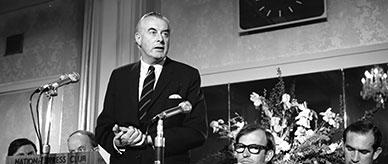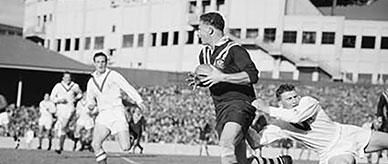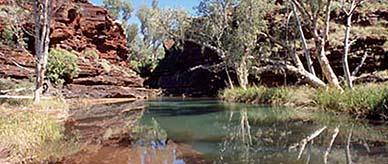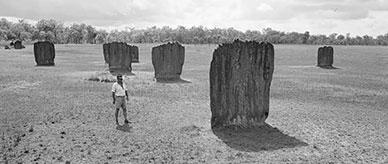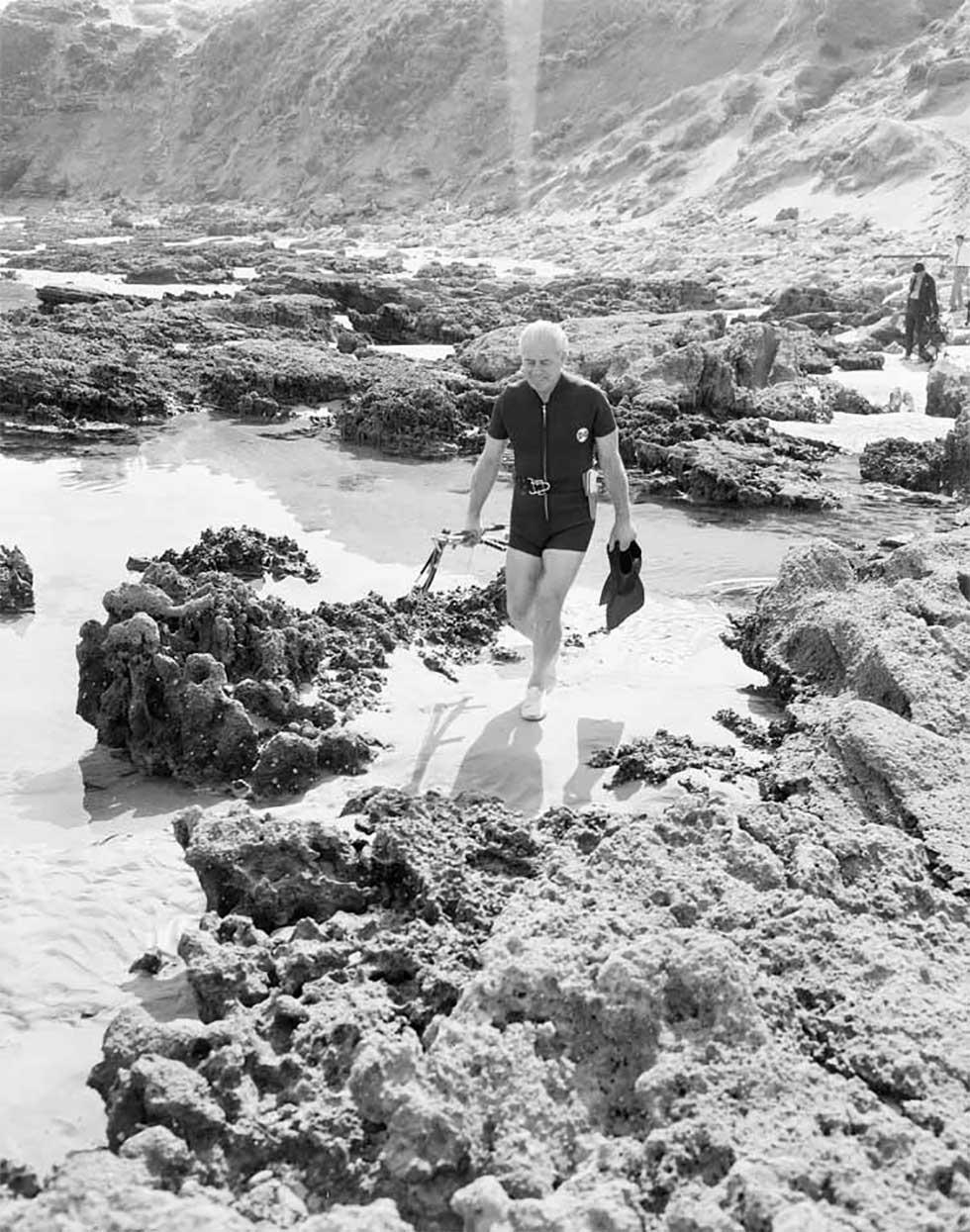


About this record
This black-and-white photograph shows Harold Holt, then prime minister of Australia, walking through the rocks on a beach at Portsea, Victoria, in preparation for spearfishing. The athletic Holt is dressed in a springer wetsuit and carries flippers and spearfishing gear. He was aged 58 at the time of this photograph.
Educational value
-
This photograph of Harold Holt (1908–67), an unusual depiction of an Australian prime minister, has attained greater significance because he disappeared the following year while swimming at Cheviot Beach at Portsea on 17 December 1967. His body was never found. Holt had a family home at Portsea and frequently swam, snorkelled and spearfished at beaches in the area. He was an active sportsman with a particular love of water sports.
-
In 1966 Holt was at the peak of his political career as Australia's seventeenth prime minister. Holt served 32 years in federal parliament from 1934 with the United Australia Party, which became the Liberal Party in 1945. He first became a minister in 1939, and served in various portfolios, becoming Treasurer in 1958. When Robert Menzies retired in 1966, Holt was elected leader, and served as prime minister for 22 months until his death.
-
The circumstances of his disappearance overshadowed Holt's legacy and achievements in office. He was hard-working and dedicated to his parliamentary and ministerial roles. In addition to extending assisted passage to non-British immigrants in the 1950s, Holt introduced mandatory secret ballots for union elections in 1951; strengthened ties with Asia throughout 1966 and 1967; began the dismantling of the White Australia Policy and sponsored the referendum on the place of Indigenous people in the Constitution.
-
In 1966 Holt was making policy decisions that influenced Australia into the future, including his support for sending Australian troops to the Vietnam War. He strongly believed that Australia would be under threat from China if South Vietnam fell, and believed it was appropriate for Australia to be involved in the War. He forged a close relationship with US president Lyndon B Johnson, and was famously quoted as saying 'All the way with LBJ'.
-
Holt's sporting interests, love of the outdoors and casual manner, all of which are implied by this photograph, made him appear particularly suited to the 'swinging 60s'. He was considered a refreshing change in Australian politics and achieved the largest parliamentary majority in 65 years in the 1966 federal election.
-
His unexplained disappearance in the surf and the failure to recover his body led to many fanciful theories, ranging from suicide to abduction in a Chinese submarine. Prior to 1985, the law did not allow coroners to investigate cases where no body was found, which allowed many of the conspiracy theories to gain popular support. In 2005, however, the state coroner found that Holt had died as a result of accidental drowning when swimming in rough conditions. The case has now been closed.
Acknowledgments
Learning resource text © Education Services Australia Limited and the National Archives of Australia 2010.
Related themes
Need help with your research?
Learn how to interpret primary sources, use our collection and more.

